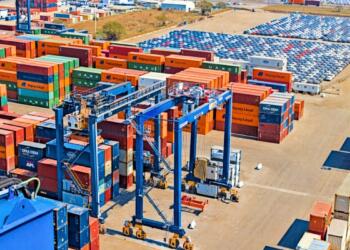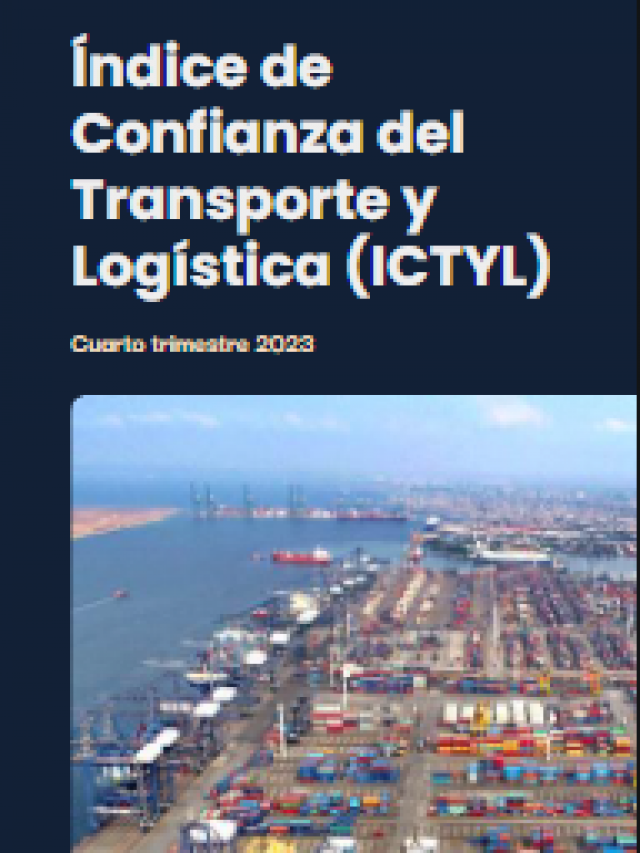Artificial intelligence (AI) has ceased to be a futuristic promise and has become a determining factor in the competitiveness of companies throughout supply chains.
During the panel Harmony in the Real-Time Supply Chain: Perfect Execution and Visibility with AI , organized by the National Council of Logistics and Supply Chain Executives (Conalog) , industry experts agreed that the adoption of AI is inevitable for survival and success in an increasingly complex environment.
Elias Sacristán, Senior Manager for Kenvue Latin America, emphasized that the real challenge is not just adopting AI, but also having a solid database so that it can unleash its potential.
“Companies that fail to mature their data structures are destined to disappear in the long term,” he warned.
Sacristán identified four fundamental pillars to ensure data reliability: accuracy, governance, quality, and trustworthiness.
Without them, he said, implementing AI in the supply chain would not only be ineffective, but risky.
He also highlighted the importance of technologies such as warehouse management systems (WMS), transportation management systems (TMS), and the Internet of Things (IoT) to achieve true real-time visibility.
For his part, Jaime Ponce, a consultant at Muttdata and executive at PepsiCo , explained how the implementation of AI in the company allowed for improved demand forecasting and optimized inventory management .
“We went from looking for a needle in a haystack to using advanced tools that helped us identify consumption patterns and reduce inventory levels by more than a day in Latin America and two days globally,” he said.
Automation and the future of decision-making
One of the key points of the panel was the impact of AI on decision automation .
According to Gartner data , 60% of supply chain decisions are more complex than they were five years ago, while 70% of human decisions in this area could be delegated to AI.
Jaime Estrada, Sales Director for Latam at Blue Yonder , emphasized that AI is separating companies into two groups: those that adapt and those that will be left behind.
“AI is here to stay and is the differentiator between winners and losers. It’s not a question of whether we adopt it, but when and how we do it,” he said.
In this sense, companies must go through three phases of evolution in decision-making.
First, AI-supported decisions , where the technology acts as a reference for humans ; then , AI-augmented decisions , a hybrid model where both humans and AI actively participate ; and finally, automated decisions , where AI not only makes decisions but also executes actions autonomously.
The challenge of integrating AI into a single ecosystem
A crucial aspect of AI implementation is the integration of all systems into a single platform.
Estrada explained that Blue Yonder relies on a centralized model that allows for complete visibility and autonomous decision-making.
“It’s not enough to have AI in different areas; we need a single ecosystem where intelligence flows and allows for real-time operations,” he emphasized.
The panel was clear: the future of the supply chain lies in AI, but its success will depend on data quality, technological integration, and mature decision-making.
In an environment where volatility and uncertainty are the norm, those who succeed in implementing these solutions will be better positioned to face tomorrow’s challenges.















